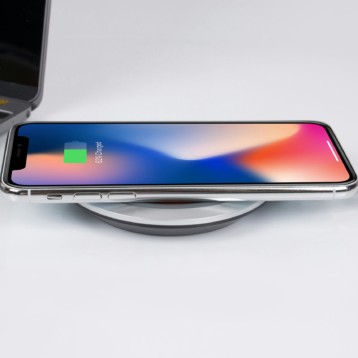The prototype was showcased at CEATEC Japan 2008 and it is the product of a collaboration between Japanese mobile operator NTT DOCOMO, electronics giant Sharp, and car manufacturer Nissan. Currently, only an image of the cell phone’s back is provided; hopefully more photos will be released in the future.
The new phone-key handset incorporates Nissan’s Intelligent Key system, an existing product which, according to Nissan, has been installed in over 950,000 Nissan models in the last six years. The new system uses two-way wireless communication technology to lock and unlock doors as well as start and stop the engine automatically; another feature mentioned by the manufacturers is lockout prevention, which is very handy when you find yourself locked out.
This gadget could be an ideal device for those who don’t like to carry too many things in their pockets, but one might wonder about the security issues such a device entails. No information about encryption has been published; hopefully upon the official launch of the final product – as early as the next year, according to the firms involved – full specifications will be released.
TFOT has also covered Nissan’s recent introduction of technology that will help create collision-free cars, also in its prototype phase, and the development of car WiFi, made by Autonet Mobile, a California based company. Other related TFOT stories include the Portwell PCS-8230 Car PC, designed to offer multimedia capabilities along other computer-related features, and the development of an airless tire, named Tweel, made by Michelin.
For more information on the first mobile phone with car key, see Sharp’s press release.
Image: Nissan/NTT DOCOMO/Sharp Mobile Phone with Built-in Intelligent Key – first prototype (Credit: NTT DOCOMO).










